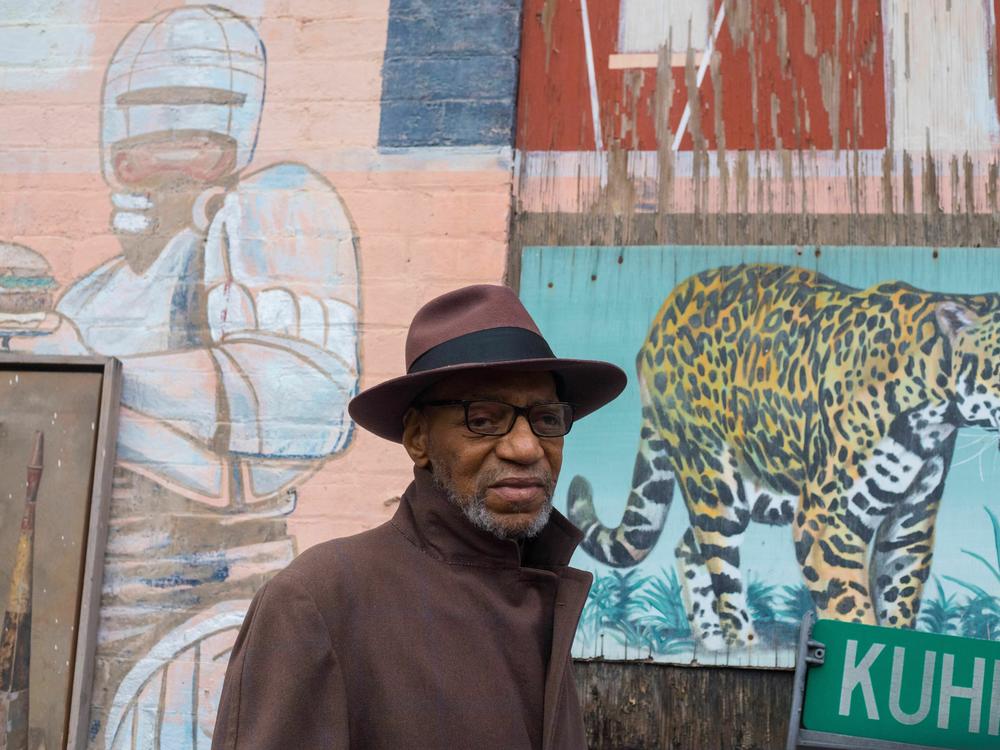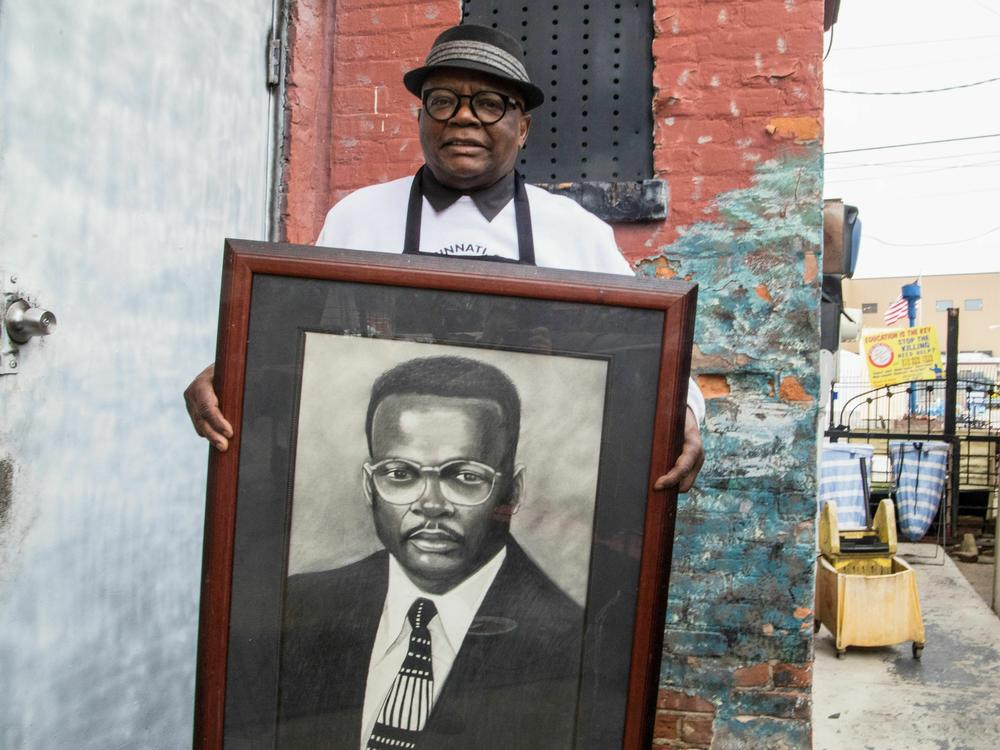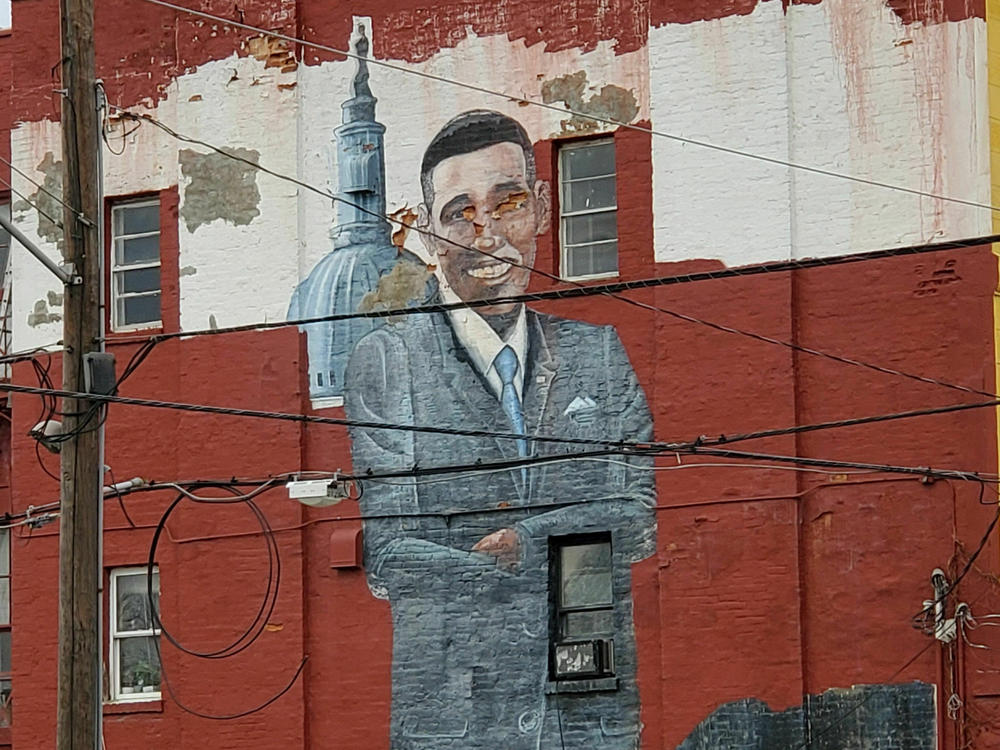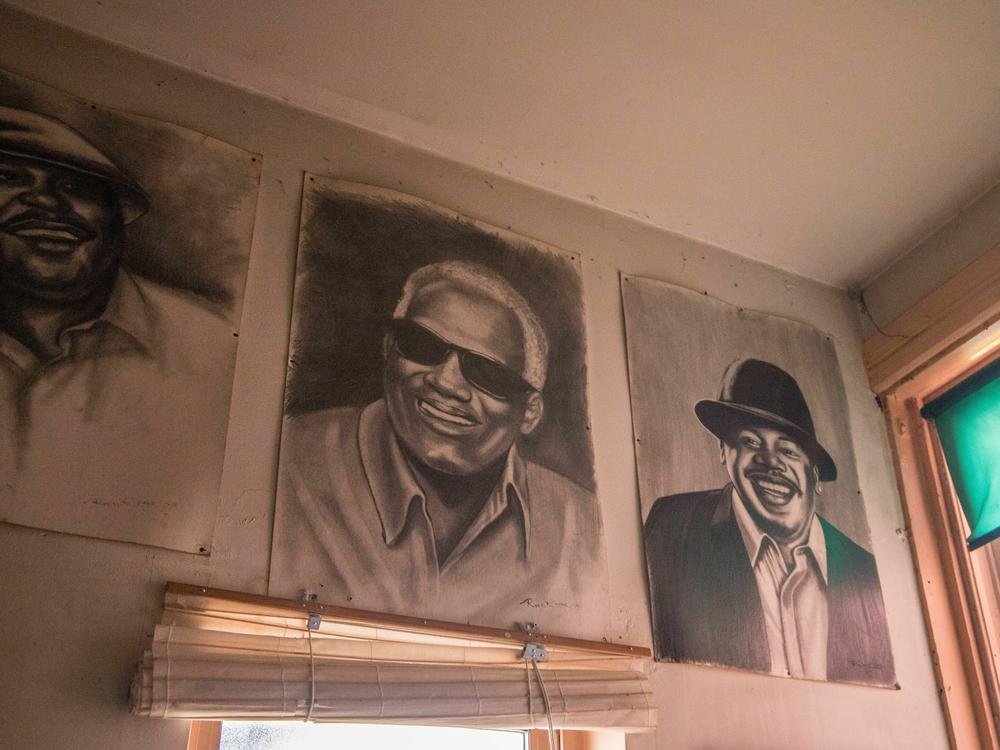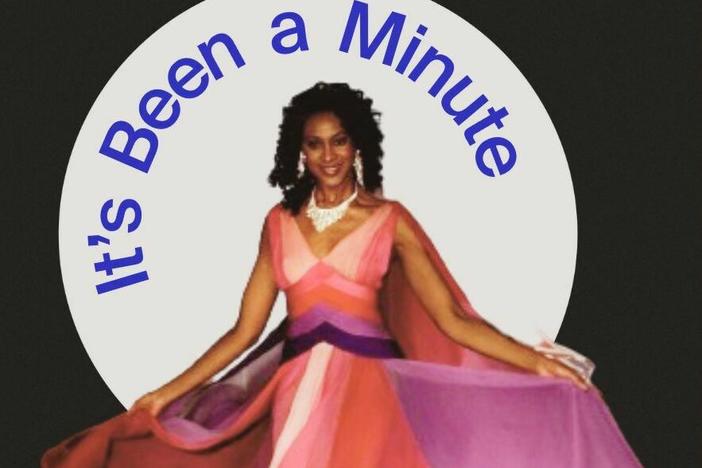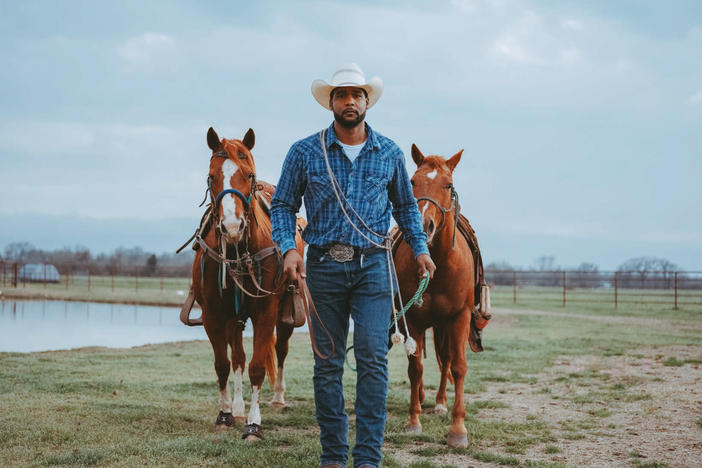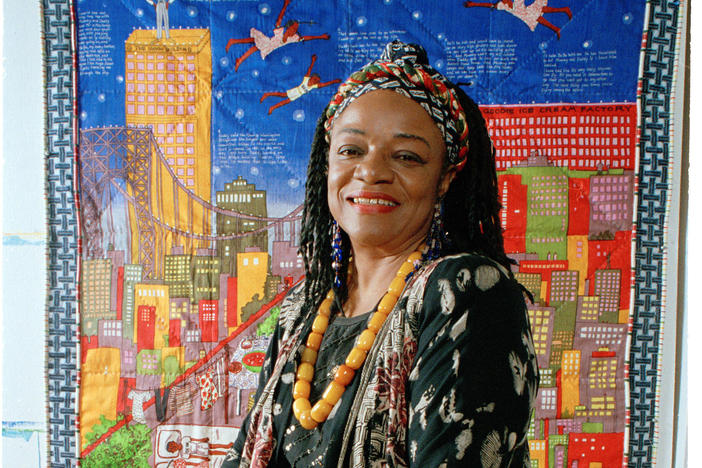Section Branding
Header Content
In Cincinnati, redevelopment can mean artwork — and people — disappear
Primary Content
For more than a decade, a three-story mural of President Barack Obama looked out over Cincinnati's West End neighborhood. Artist William Rankins Jr. painted it on the side of a restaurant called Ollies Trolley in 2008.
It was just one of several dozen murals Rankins did across the city's predominantly Black communities between the 1980s and the first decade of the 21st century. On the surface they advertised businesses. But there was much more to them. They portrayed prominent local and national figures – many of them Black – alongside the people who lived in those communities.
But the march of time – and redevelopment in Cincinnati's urban core – have claimed most of the murals.
That's painful for Rankins.
"You all just wiping me out," he says. "Are you going to paint over me too? You know? That's how I feel. You're just taking me off the map."
The loss echoes a larger issue: who benefits when neighborhoods that have seen decades of disinvestment get renewed attention?
Rankins and Ollie's owner Marvin Smith chat below a stark black wall where the Obama mural once was. Smith had to repair the badly deteriorated wall in 2019 and couldn't save the mural.
Rankins lost his eyesight a decade ago and can't repaint it. He also can't see the changes happening around him and the slow disappearance of his work. He asks Smith about a mural he painted in the 1990s.
"Let me ask you this, Marvin. Does Bubbles Coin Laundry still have 'Bubbles Coin Laundry' on the back, on the market sign?"
"No, it's completely painted," Smith replies.
Ollie's is one of the last public places left to see Rankins' murals. The walk-up restaurant's outdoor courtyard contains numerous scenes Rankins painted. RoboCop is there serving a hamburger on a platter. Former Cincinnati Mayor Mark Mallory, part of a prominent Black West End political dynasty, looks down from his second story perch. A young boy stands to one side – Rankins' son. Further back, another mural shows a family from the neighborhood sitting on a bus bench. Smith has rooms full of Rankins' large-scale drawings and paintings in the building that once featured the Obama mural.
The conversation between Smith and Rankins turns to the undecided future of the property as the area around it changes rapidly. Smith has recently gotten a number of offers for his property.
"What are you going to do about the trolley, man," Rankins asks. "Are you going to move it?"
"I'm considering two options," Smith says. "One, take the money and move it to another location, or redo this."
Altering the neighborhoods and lives
Cities across the country – from Washington, D.C. to Oakland to Austin – have seen big changes in some of their predominantly Black communities. Cincinnati is no exception. The city's Over-the-Rhine neighborhood is just two blocks east from Ollie's Trolley and once featured several of Rankins' most well-known murals. Today they're all gone.
The last one in that neighborhood – a large mural featuring kids from the community, an enormous dog, an outsized hoagie and Steve Urkel – was painted over in 2018 when a new bar purchased the building it was on. Another artist painted a recreation of the Urkel portion of the mural as a tribute to Rankins and his original work.
Over-the-Rhine has seen hundreds of millions of dollars in redevelopment in the past two decades. Meanwhile, average rents in the neighborhood have risen significantly. And data from the 2020 U.S. census shows the neighborhood lost 43 percent of its Black population over the previous decade.
Change is coming fast in the neighboring West End too. Cincinnati's Major League Soccer team began building its new stadium in 2019, just three blocks south of Ollie's. The construction triggered the displacement of several residents and Black-owned businesses. Now the team is working on a $300 million residential and entertainment district just across the street from Ollie's. Late last year, crews demolished a long-standing tire store featuring Rankins' murals to make way for that development.
Rankins is self-taught and has been painting since he was a child. He remembers decking out his bedroom as a young teenager.
"I had the room all muraled out with cartoons, Pinocchio, Geppetto," he says. "It was real nice."
As an adult in the 1980s, he worked contracting jobs. Doing drywall led to interior painting, which led to exterior painting. Over time, property owners like Smith started asking Rankins to paint murals in addition to his more utilitarian work. That led to many other mural jobs, including large-scale works for the city's Arts Consortium and other groups.
Finding meaning in an artist's local touch
Cincinnati's interest in murals has grown significantly even as Rankins' murals started disappearing. Since 2019, Cincinnati has been home to Blink, a festival that commissions famous muralists from all over the world. Its 2022 iteration drew more than 2 million visitors.
Curator, educator and arts writer Maria Seda-Reeder says Rankins' deep connections with communities like Over-the-Rhine and the West End sets his work apart from many murals that have come since.
"Amazing muralists from outside of a neighborhood, they don't necessarily have that connection to the community, but Rankins did," she says. "He was from that community, in that community, making work about that community."
Those connections mean a lot to Rankins.
"When they're riding by, with your girlfriend or your family, 'Oh that's me right there.' That gives them a sense of pride, you know? It makes them feel good."
Change has two sides
Smith says redevelopment hasn't been all bad. He notes Ollie's business has boomed since the stadium came in, and he credits the team for working with him and other members of the community. But as he weighs moving, he also says the neighborhood's Black culture is being lost. He sees Rankins' disappearing murals as a major part of that.
"I feel the neighborhood is slowly slipping away," he says. "It's even accelerating. Everything down that street was Black businesses. Now it's gone."
Smith is worried that people in the West End might not benefit from its resurgence.
"It seems like whenever development comes to your neighborhood, they develop the people right out of the neighborhood."
Rankins isn't ready to disappear, though. Despite losing his eyesight, he still paints with the help of a caseworker named Deborah Clinkscale.
"I hope there's an artist who can work with him and do something with him," she says, as she and Rankins stand outside Ollie's. Perhaps a book, or a gallery show of his work, Clinkscale suggests. Something, she hopes, that could live into the future, even as his murals recede into memory.
Bottom Content

